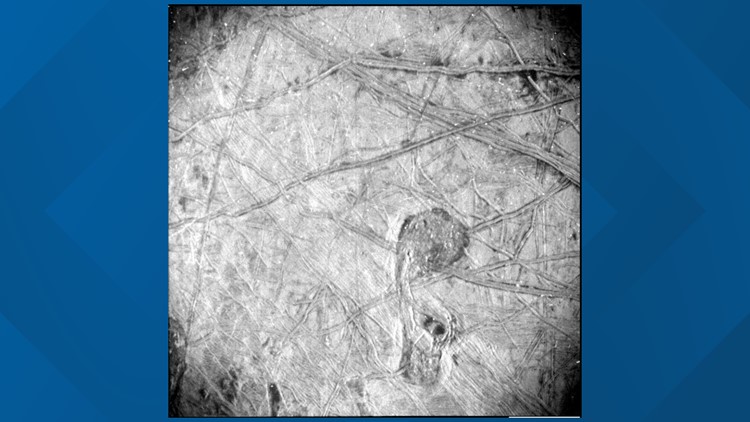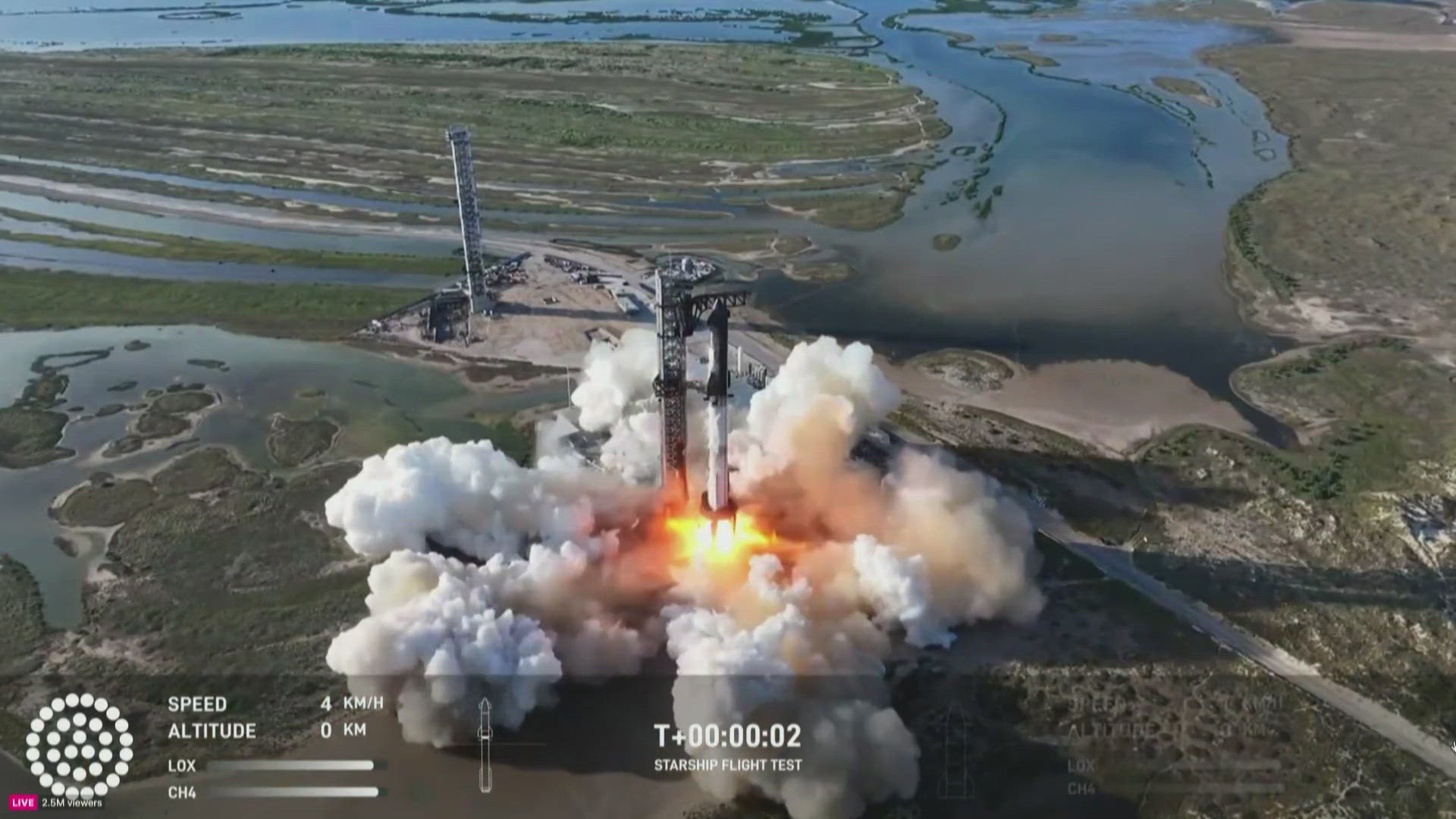WASHINGTON, D.C., USA — NASA is continuing to push the boundaries of space exploration with its Juno mission, which has just captured some incredible imagery of Jupiter's moon Europa.
The photos are the highest resolution pictures ever taken of the distant, icy moon. It is also the first close-up of Europa's surface in over two decades.
The image covers a massive area 93 miles wide and 125 miles long, and scientists believe that it could show everything from radiation particles to an eruption below the moon's surface.
Juno's Stellar Reference Unit, a type of star camera, took the photo on Sept. 29 at a distance of around 256 miles away. Juno managed to capture the incredible image while traveling at a speed of around 15 miles per second.
The SRU has been gathering scientific data on Jupiter during its many orbits of the gas giant, and has captured images of Jupiter's rings, atmospheric lighting, and now the surface of its moon Europa.
“This image is unlocking an incredible level of detail in a region not previously imaged at such resolution and under such revealing illumination conditions,” said Heidi Becker, the lead co-investigator for the SRU. “The team’s use of a star-tracker camera for science is a great example of Juno’s groundbreaking capabilities. These features are so intriguing. Understanding how they formed – and how they connect to Europa’s history – informs us about internal and external processes shaping the icy crust.”
Europa is the sixth-largest moon in the solar system, 90% of the diameter of Earth, and scientists believe that vast oceans may lie beneath its ice-covered surface, even raising questions about possible habitability.
The Juno mission was meant to study this possibility, along with other mysteries surrounding Jupiter and its many moons. Juno will continue to collect data as it orbits Jupiter, and will also study the planet's rings and other moons.
Scientists believe that images like this may be only the beginning of what Juno can discover about our solar system.



